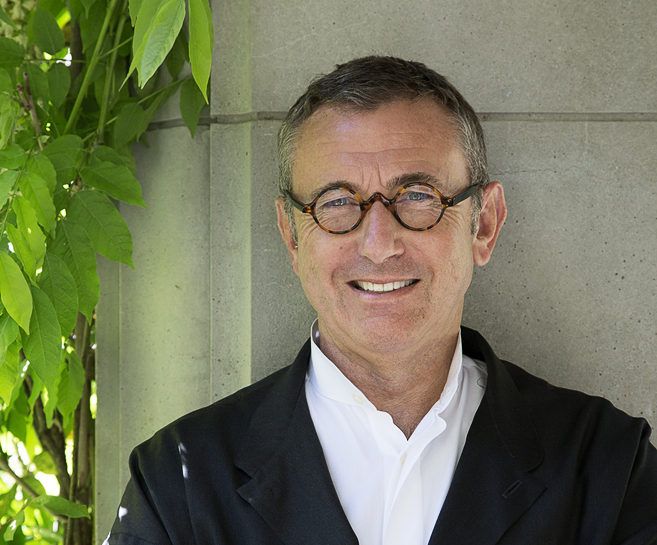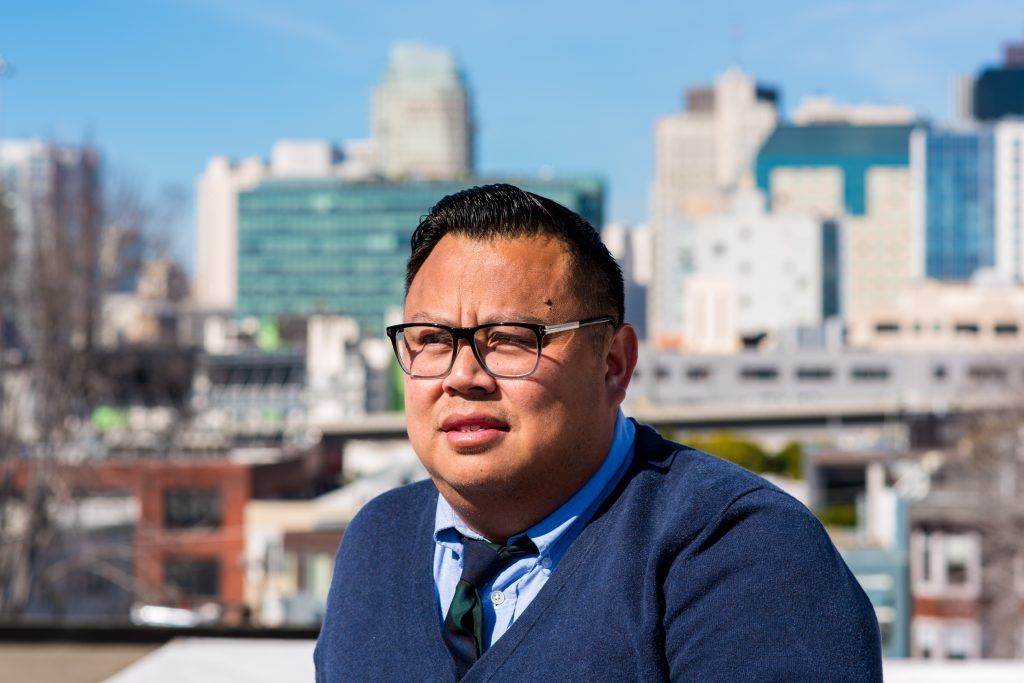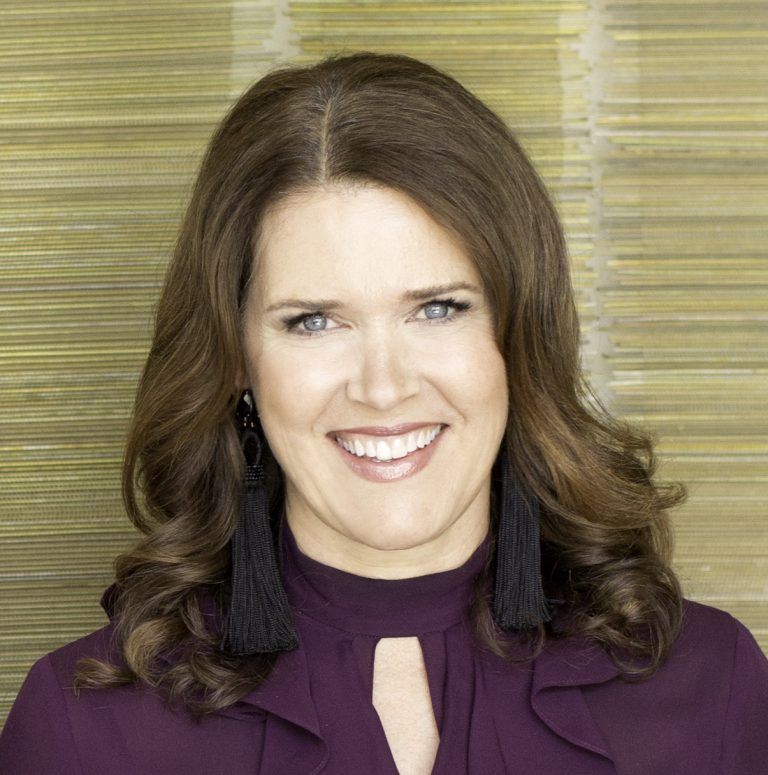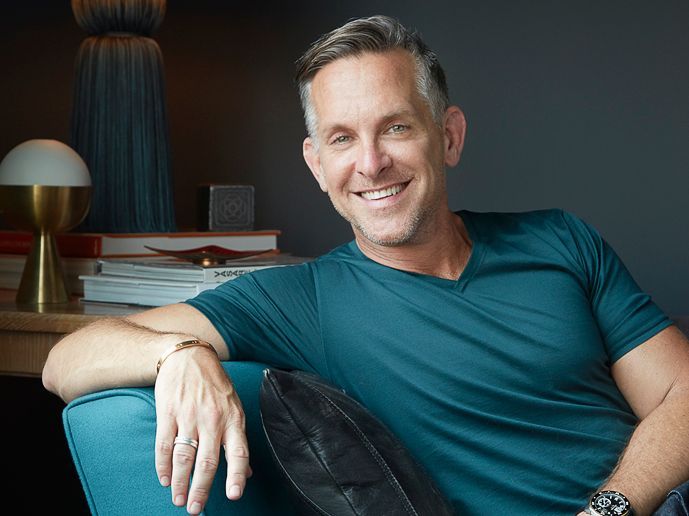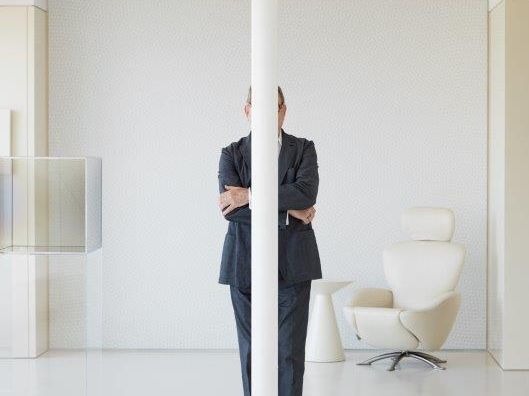Meet Paul Wiseman
The list of Bay Area designers who command global recognition, industry acknowledgement and universal respect from peers and clients alike can be counted on the fingers of one hand. Paul Wiseman is a member of that select club. With a client roster that includes the rich, the powerful, the connected and the common person, his creations provide the setting for the contented lifestyle of the homeowner and, in many cases, serve as a stage for the coffee klatch gathering of the nation’s political, business and artistic elite. As with all who occupy luminary status within their professional communities, he exudes the style, taste, confidence and opinion of the Renaissance man that he is – without the affectation that traditionally accompanies the appellation. Accomplished cook and gardener, this extraverted sensualist thrives on a Bacchanalian energy – touching, tasting, feeling, doing — that dictates when too much is just enough.
On the early years and living the peripatetic lifestyle
I was raised in the Sacramento Delta in a farming community. My father was a plant pathologist and an entomologist who owned an Ag Chemical business. My mother taught English and Home Economics. I attended public schools in the Delta before attending UC Davis where I pursued a Liberal Arts degree. That tertiary schooling was broken up by life-changing bouts of extended travel to Europe, Australia and Southeast Asia.
After my overseas sojourns, I took pre-Law at UC Berkeley, and hated every minute of it. It was time to get a job. I began by selling office furniture; followed by a showroom manager’s position; followed by an outside rep position with S.M. Hexter fabric company; followed by time spent with Robert Hering Associates and Winfield Windsor antiques. Not to mention a sabbatical in Paris and a stint designing window displays for my good friend Sue Fisher King on Sacramento Street. That 5-year period of my life served as an irreplaceable apprenticeship in design, fabrics and antiques, not to mention good-old selling technique.
On becoming a designer
A great patron and mentor to me all of my life convinced me to not buy a car and stereo like all the other kids, but go to Europe instead. So, the day after I graduated, I went to Europe for three months on $5 a day, and that changed my life. That’s when I became passionate about architecture and art. I was able to connect the dots — Italian architecture, English architecture, German architecture — all of a sudden, it made sense — right down to what we call Spanish Colonial here in California.

Completely private oasis on the Big Island of Hawaii.
On developing his aesthetic sense
I distinctly recall trekking through Bhutan. We kept walking through villages, crossing a bridge and there would be three houses here, two there, and one over here. It was like a perfectly-decided pattern. I asked my guide, “Why is everything so perfect?” To which he replied, “You’re only allowed to build Bhutanese architecture, and you can’t put your house anywhere until a feng shui expert approves of the energy of the site.” That formed an indelible impression upon me in terms of appropriateness and connectiveness.
We don’t have a look. There is a TWG standard — which is quality and appropriateness. People have identified our work not by what it looked like, but by the fact that it was so well pulled together. It reflected “relationship”. The house looked like it belonged to the client. A room and everything in it must offer comfort. Otherwise it’s not a home, it’s a museum. And it must be appropriate for the client’s lifestyle. You don’t design an all-white house for someone with a large dog or a three-year-old. Don’t try to build Versailles in Malibu. I always hate it when I see these super traditional Mario Buatta houses in Palm Beach. Excuse me! That’s the Tropics. Why would you have that? It makes no sense.
On the foundation and development of The Wiseman Group
One of my employers gave me the unexpected news that “I’m going to fire you because you’re making too much money.” That hurt. But not for long. Soon after, two of his clients found me and said, “Oh, we wondered where you went. Why don’t you work for us?” I had $600 to my name which was enough for a Selectric typewriter and a business license. They were my first two clients, and by the early 80’s I was truly on my own.
I can honestly say that, based on our clients and projects, we are considered to be one of the top design firms in the country, and one of the largest. We’re currently undertaking projects all over the world including Paris, London, Tokyo, Cambodia, and Cape Town. And our portfolio extends well beyond design into custom furnishing and advisory services for antiques, art, rare objects and special collections. We’re also designing the aesthetics for our first yacht, a 200 ft. exploration ship.
Salesforce has been a client for a number of years. They have asked us to put our touch on all of their commercial work — the Salesforce Worldwide Vision. We’re working on a residential look for their corporate environment. Ultimately, we want to expand more fully into corporate work, but only as a separate entity. We’ll never mix our residential and commercial business.

All furniture custom designed by The Wiseman Group.
On how he works
I’m a firm believer that your home is a reflection of you. If you want to be unique, you need to have unique things. Art and custom furniture are the best ways to reflect that uniqueness. The trouble is in getting it (custom furniture) made. I love working with artisans because they have the technical skills to manifest my dream. But it’s becoming more and more difficult because our vendors are having to leave the Bay Area because of affordability issues.
There are patterns in life. Some people are fearful. Some people are prideful. Those are the motivating forces that make people do things. I’m a fear-based person. “The phone will never ring again! Oh, My God!” I’ve found that I’m actually not afraid of very much. But ironically, fear is still my motivation. Fear that I didn’t do a good job. Fear that they won’t like it.
I’m a committed gardener, because among other things, it reminds me of change. It’s meditation for me. Buddhists have a great saying, “Chop wood. Carry water.” When the monkey mind needs to be calmed, pull a weed, prune, trim, water, nurture — become the “constant gardener”. A garden doesn’t wait for you. You have to constantly be attentive.
I will not take a design project without giving serious consideration to what’s outside. That’s why I really insist that the clients and the landscape designer work with me. It’s about making sure we’re all on the same page about what the general aesthetics should be. There’s nothing worse than having a Zen interior and an English garden out the window.
On projects that excite
I’m working on a ski house for one of my clients up in Tahoe with renowned architect Peter Bohlin, who designed the Apple stores. We’re also doing our first project with Frank Gehry for one of our clients. It’s his first northern California home — a 16,000 square foot house.
The project that remains imbedded in my memory is the multi-million dollar estate that I designed in partnership with architect Ricardo Legorreta. It encompassed buying trips in Indonesia and Hong Kong; a stunning floating bedroom; Indonesian lanterns — solid pieces of teak anchored in stone; 500-year-old Chinese Ming panels; a unique bronze coffee table. There was never a quibble about cost.
On mentors he reveres and peers he admires
Holly Hunt – she’s still got the best-looking modern designs – a great eye. Geoffrey Bawa – the first tropical modernist. He was half-Indian, half-English and he culled their “traditional essence”, simplified it and turned it into such elegance. I admire the work of design house Gregorious/Pineo, designer Renzo Mongiardino (for details), architect Ricardo Legorreta (for angles), architect Peter Bohlin of Bohlin Cywinski Jackson, Mexican architect Luis Barragan, and Edwin Lutyens, the last of the great English architects, who collected and reassembled 500 years of English architecture into his amazing buildings.
I’ve had great mentors in my life, including my spiritual teacher, W. Brugh Joy, and my great friend, Nancy Moser, now 103. She’s been in my life since I was a child, encouraging me all the way. She’s elegant, intellectually compelling and one of my most trusted guides in life.
Sandy and Jeanne Robertson gave me my first “entire house” assignment and started referring me to all of their friends. They provided me the opportunity to produce some of my most satisfying and compelling work. Chuck and Helen Schwab were my patron clients. They forced me to become a real company capable of serving large, complex projects.
On the true meaning of luxury
High-quality simplicity. If it’s food, it’s the very best food prepared very simply. I spend my whole life trying to make people’s lives beautiful, make things more attractive in relationship to the banality of everyday living, to show people that you need to be in a relationship with respect to where you live – whether it’s the interior or the architecture. I consider my own home in Belvedere to be the epitome of luxury – not in the traditional sense, but as a magical retreat for me, the gardener, reader and cook—and my husband of 30 years, as well as the cat!
In the traditional world of luxury, I will give spices as gifts. Instead of a bottle of wine, I’ll bring fennel pollen in beautiful little boxes. My favorite resort—Amanjiwo in Java. The travel wish list that I’m waiting to fulfill includes Namibia, Botswana and Patagonia. As a foodie, my most memorable experience was at Noma in Copenhagen — simplicity incarnate. It was art. But it was food that you have never tasted, that you would never even think of eating, such as the most delectable juniper tips.

